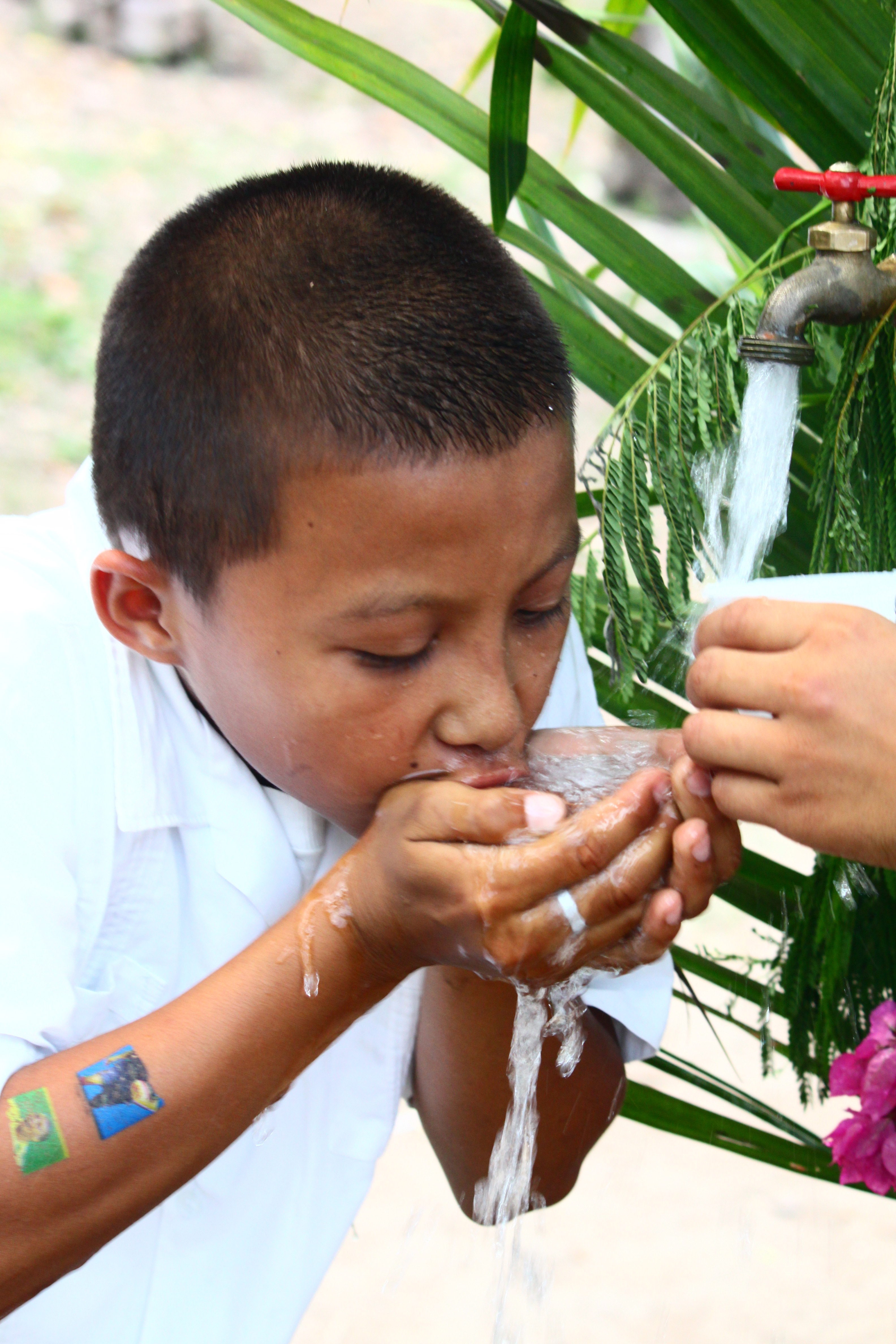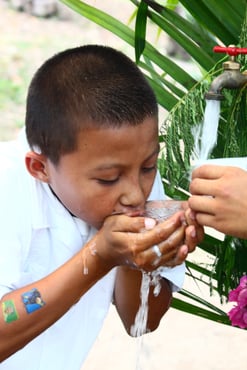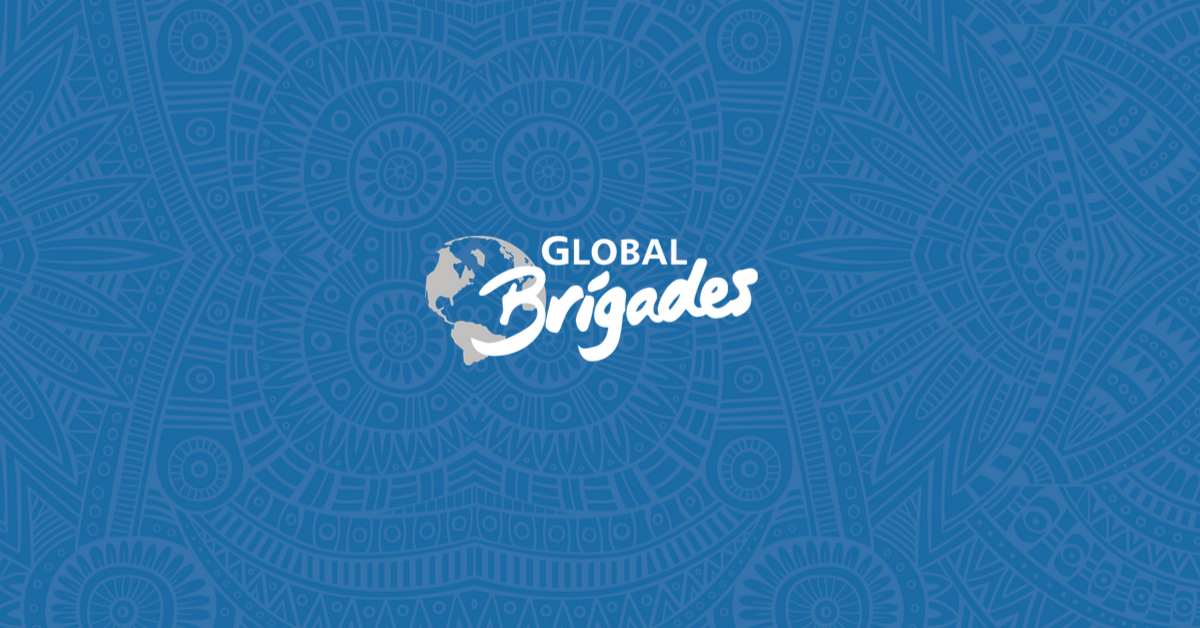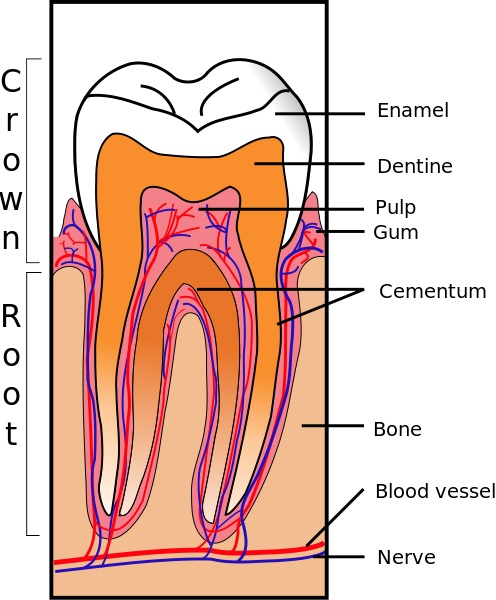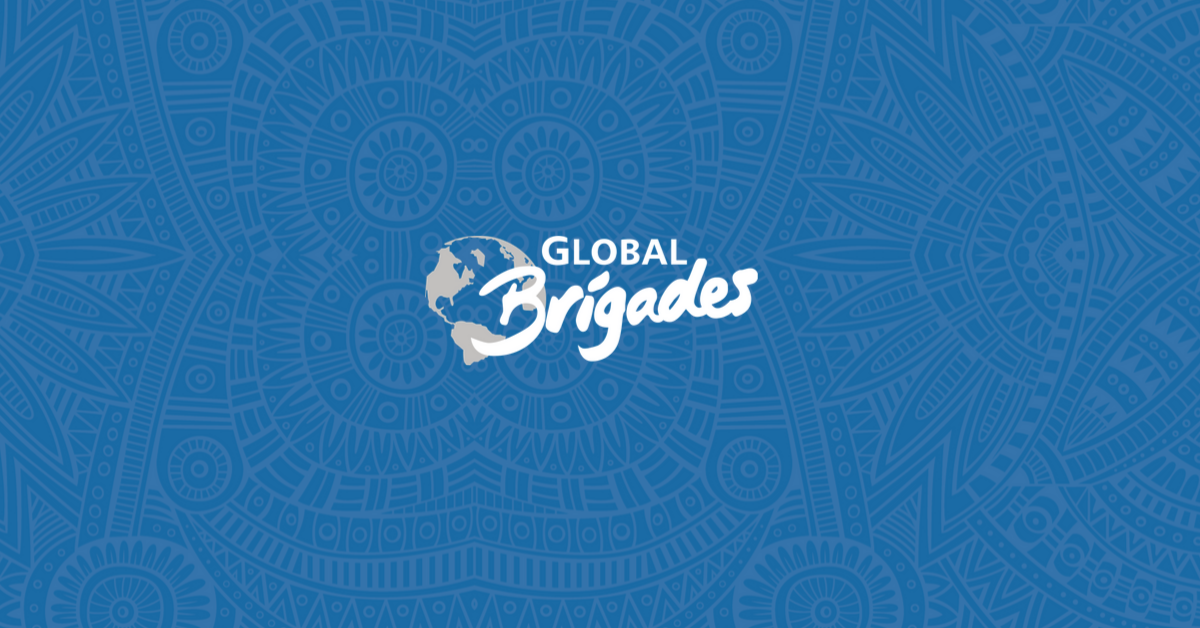The following blog article was written by guest blogger Claire Seigworth. Claire graduated with a B.A. in International Relations and a minor in Spanish Literature from Marquette University. She has traveled to many Latin American countries, studied in Santiago, Chile and worked in Panama for Global Brigades.
On March 22nd, the world celebrated World Water Day by asking people to not use their faucets that day. This request was made to draw attention to the fact that one billion people lack access to improved water sources and 783 million people still use unsafe water sources.[1] If you spend a day without using the faucet, you will realize how much water you actually use in everyday life. Yet water is always on the minds of billions of people. As the world’s population expands, it is estimated that the world will need 40 percent more water by the year 2025.[2]
The lack of potable water is especially challenging for the poor and for people who live in rural areas. While more people now live in urban areas, the lack of progress of improved water quality in rural areas is especially problematic, as five times as many people in rural areas live without improved water sources compared to people in cities.[3] This is particularly problematic for women, as many of them work in the home and are responsible for cooking and washing. They often have to spend much of their time and energy collecting water on top of all their daily chores.
Unclean water can cause or lead to various diseases, such as dysentery, typhoid fever, polio, cholera, and tape worm. These diseases kill millions of people per year and make others very ill.[4] Water born diseases do not only kill, but they take a great toll on people’s health, which negatively affects their ability to work and earn an income.[5] Unclean water is also devastating to the environment. Pollution and environmental destruction exacerbate the problem.
Nevertheless, the global community has responded to this problem. Many non-profit organizations and international organizations formed to set up frameworks or actually sponsor projects to create water collection and distribution systems, including Global Brigades. Technology has also been an important part of the conversation. While some countries have desalinization plants, this technology is out of reach for many of the developing world’s poorest people. In order for increased clean water access to be sustainable, it has to be affordable, easy to use, and culturally acceptable. Another way that technology can address this problem is create technology that decreases water use in various industries, such as agriculture and mining.
The lack of access to clean water is a well recognized global problem. Progress has been made and organizations have sprung up to help eliminate this obstacle towards global development. While the Millennium Development Goal of halving the population of people without access to safe water has been met ahead of schedule, now the global community needs ensure equitable and sustainable access to it.

